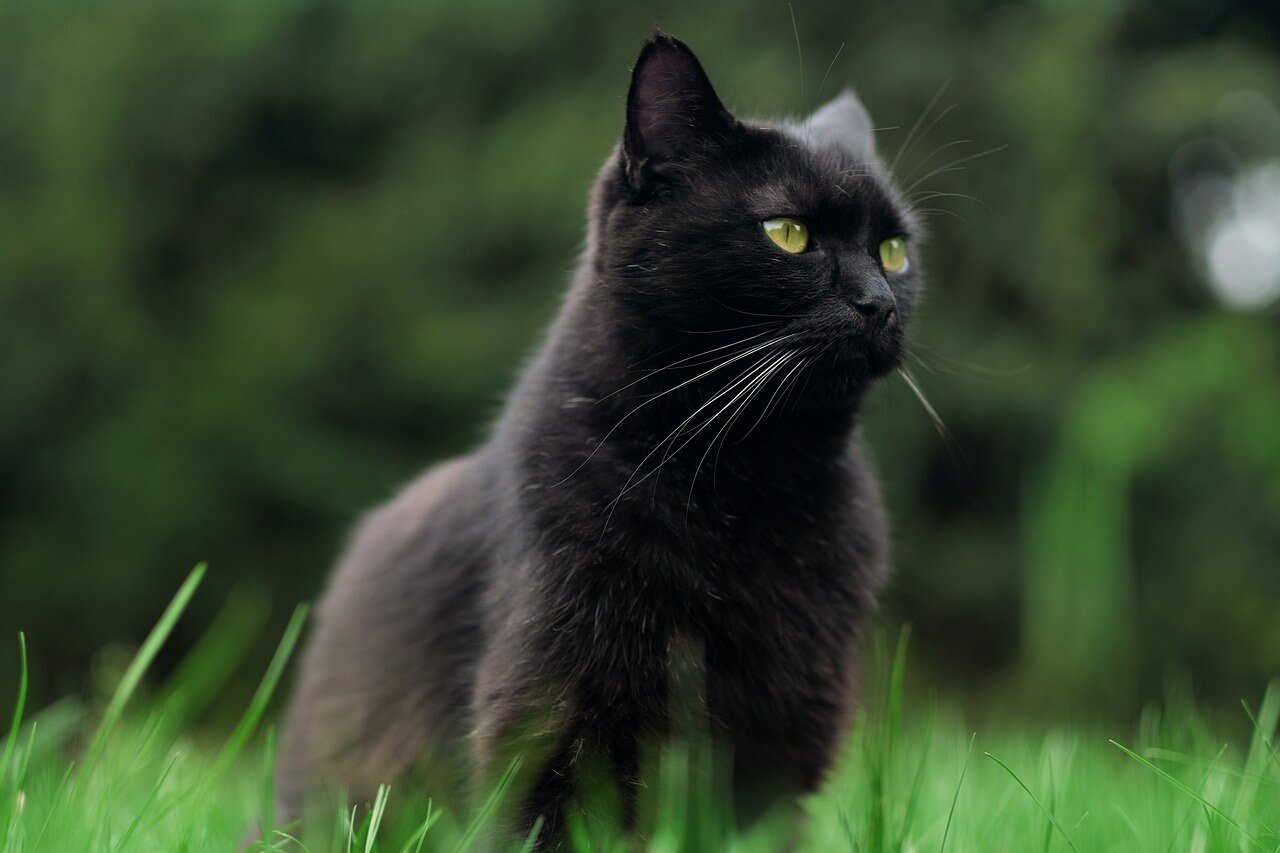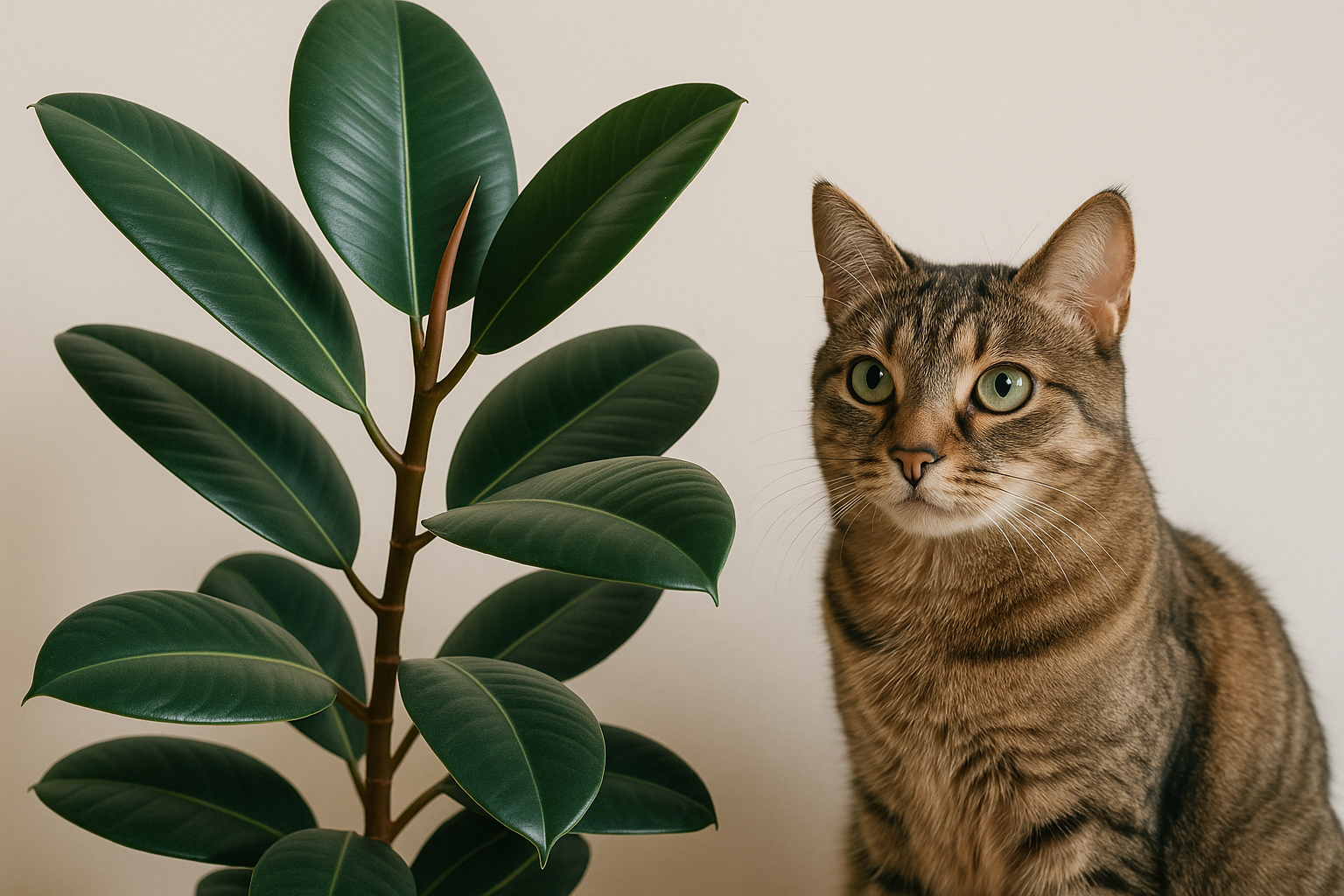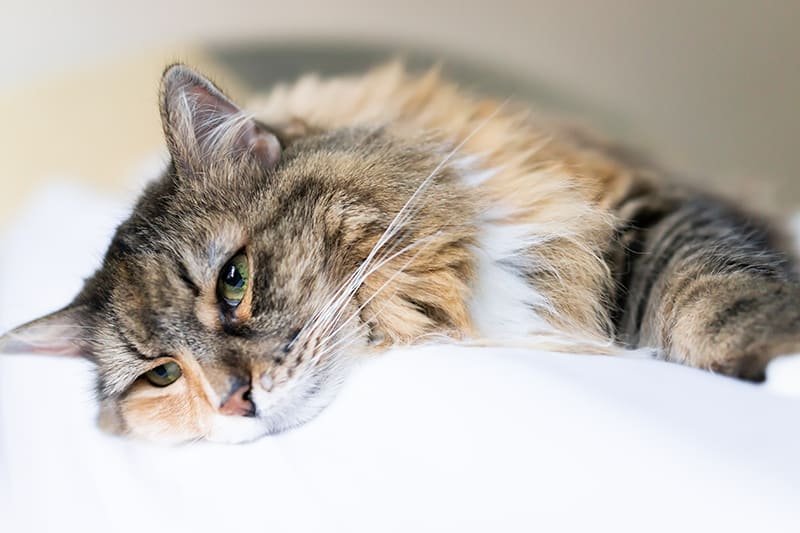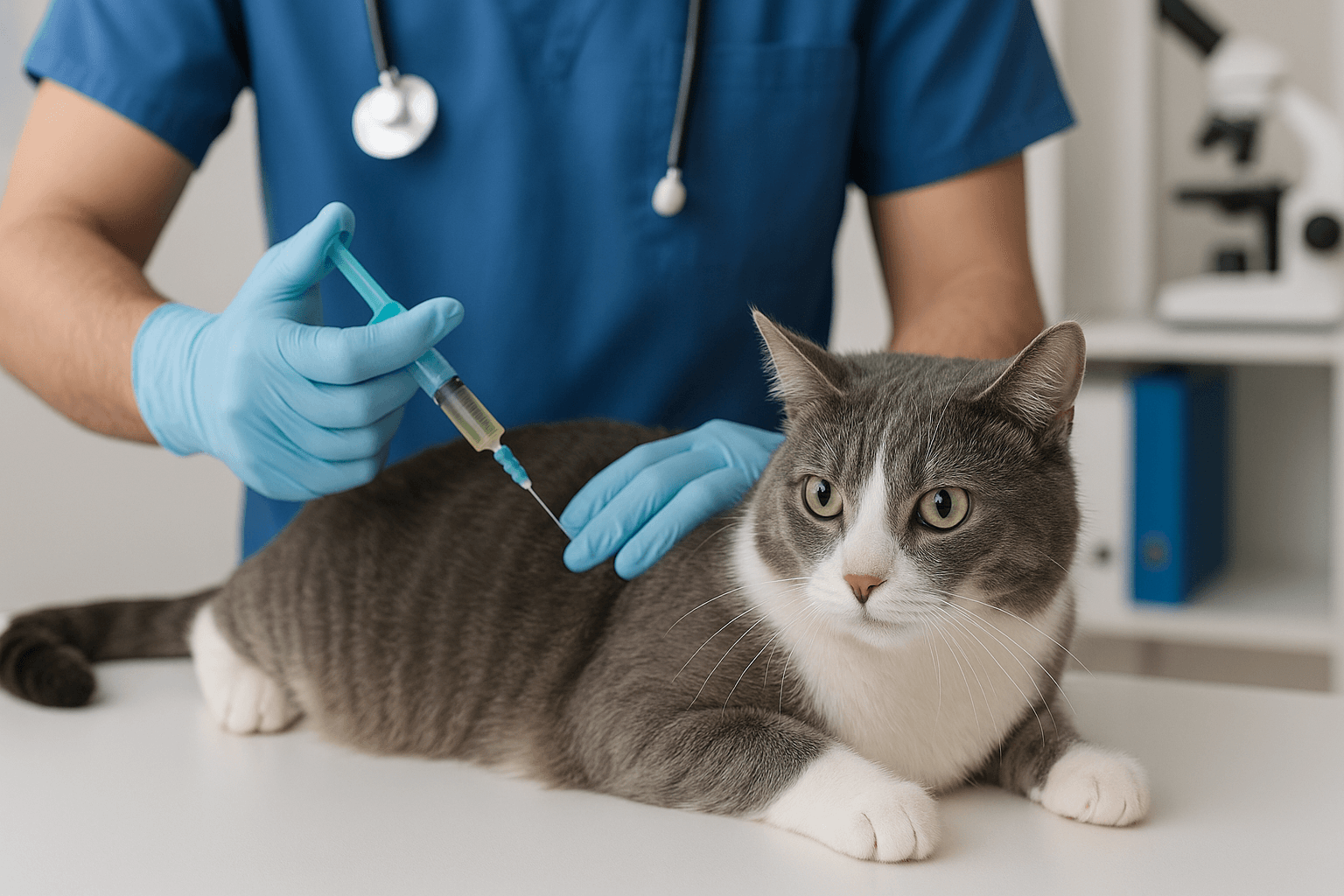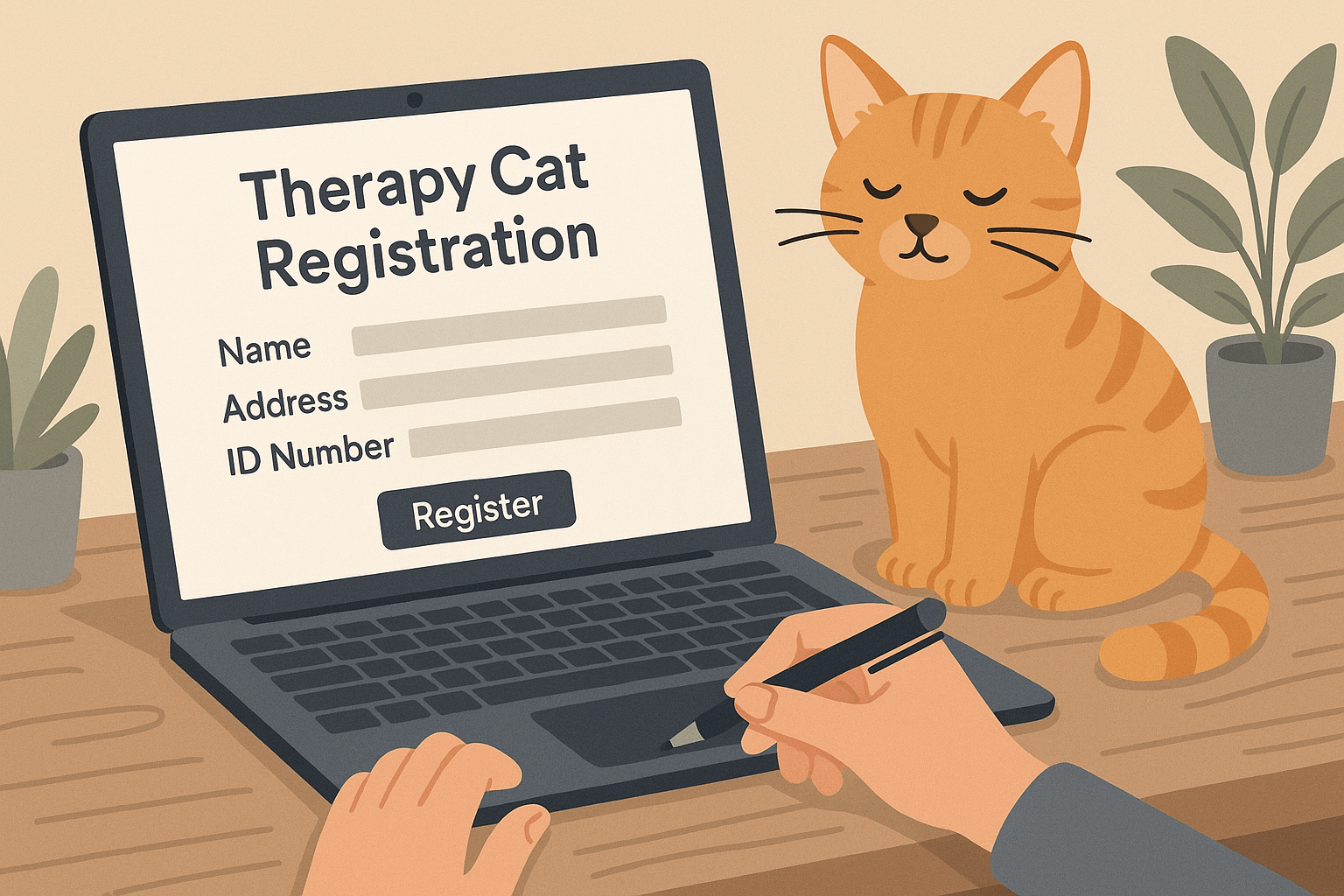How to Make a Cat Sneeze: Understanding the Whys and Hows
Cats are naturally curious creatures, and their reactions to certain stimuli can be both amusing and endearing. One such reaction is sneezing—a reflex that occurs when something tickles or irritates their sensitive nasal passages. While it’s not uncommon for cats to sneeze occasionally, deliberately trying to make your cat sneeze should always be done gently and responsibly.
Whether you’re looking to bond with your feline friend or simply curious about their quirky behaviors, understanding how to safely induce a sneeze—and why it happens—can deepen your connection with your pet. In this article, we’ll explore safe methods, potential triggers, and important precautions to ensure your cat stays happy and healthy while engaging in this playful interaction.
Gentle Techniques: How to Safely Make Your Cat Sneeze
If you’re wondering how to make a cat sneeze without causing harm, there are several harmless ways to do so. These techniques focus on natural triggers that mimic everyday environmental factors, ensuring your cat’s comfort and safety. Here are some gentle methods to try:
Blow Gently on Their Nose :
A soft puff of air directed toward your cat’s nose may trigger a sneeze without startling them.Use a Feather or Soft Object :
Lightly brushing a feather or cotton swab near their nose can stimulate their sneeze reflex.Introduce a Mild Scent :
Certain mild scents, like mint or eucalyptus (used sparingly), might tickle their nose enough to cause a sneeze.Play with Dust-Free Toys :
Some toys release tiny, harmless particles that could naturally irritate their nasal passages.Observe During Grooming Sessions :
Cats often sneeze after grooming themselves if loose fur enters their nose—a completely normal occurrence.
While these methods are generally safe, always monitor your cat’s reaction closely. If they seem uncomfortable or stressed, stop immediately and give them space.
What Makes Cats Sneeze? Everyday Irritants and Scenarios
Cats sneeze for various reasons, ranging from environmental irritants to playful antics. Knowing what commonly triggers sneezes can help you understand your cat’s behavior better—and avoid accidental overstimulation. Here are some typical culprits:
Dust and Allergens :
Dust particles in the air can easily irritate a cat’s sensitive nasal passages.Strong Scents :
Perfumes, cleaning products, or essential oils may overwhelm their keen sense of smell.Loose Fur or Hair :
Self-grooming often results in stray hairs entering their nostrils, prompting an involuntary sneeze.Temperature Changes :
Cold air or sudden drafts can sometimes trigger sneezing as a protective reflex.Foreign Objects :
Small objects like grass seeds or bits of food lodged in their nose can also lead to sneezing fits.
Understanding these triggers ensures you create a safe environment for your cat while still enjoying their adorable sneezes. Remember, frequent or excessive sneezing could indicate underlying health issues, so stay vigilant.
Check this guide 👉Why Is My Cat Sneezing Blood? Best 7 Expert Tips!
Check this guide 👉What Can I Give My Cat for Sneezing? Best 7 Health Tips!
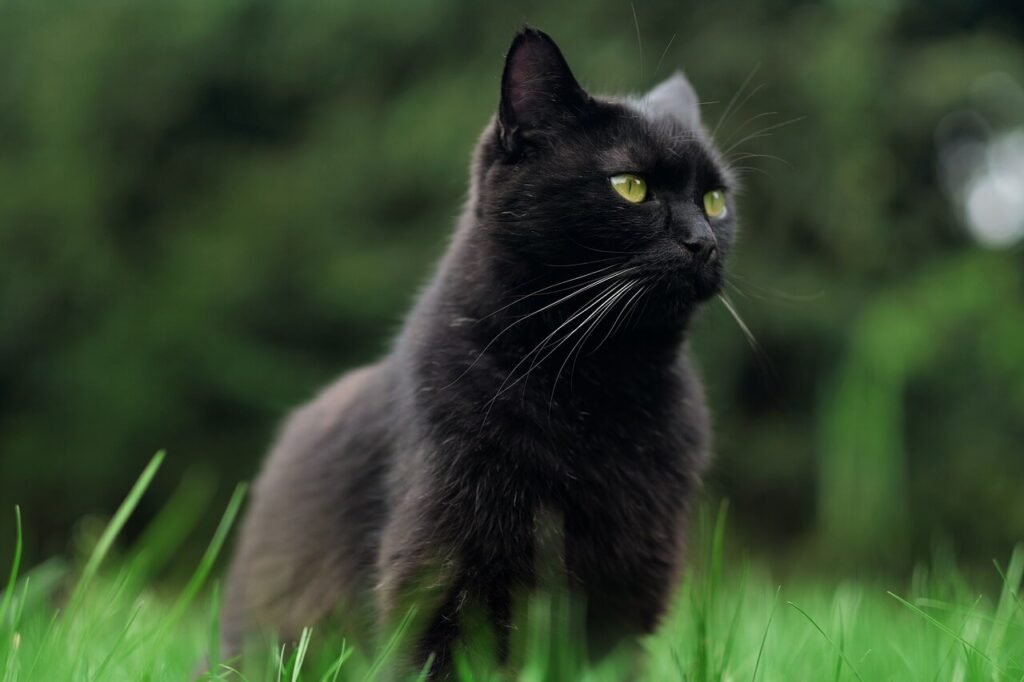
Safe Methods to Induce Sneezing | Things to Avoid for Safety |
|---|---|
Blow gently on their nose | Using strong fragrances or chemicals |
Brush lightly with a feather | Forcing objects into their nasal area |
Introduce mild scents cautiously | Exposing them to dusty or dirty spaces |
Play with dust-free toys | Ignoring signs of discomfort or stress |
Observe during grooming sessions | Overstimulating their senses repeatedly |
When Sneezing Becomes a Concern: Recognizing Warning Signs
While occasional sneezing is normal, persistent or aggressive attempts to make your cat sneeze can lead to discomfort or distress. It’s crucial to recognize early warning signs that indicate your cat isn’t enjoying the experience.
Excessive Sneezing Fits :
More than a few sneezes in quick succession could signal irritation or respiratory issues.Nasal Discharge :
Watery eyes or runny noses suggest overstimulation or potential allergies.Withdrawal Behavior :
Hiding or avoiding interaction indicates your cat feels stressed or unsafe.Pawing at Their Nose :
Repeatedly rubbing or scratching their nose may mean something is stuck or causing pain.Changes in Appetite or Energy Levels :
A sudden lack of interest in food or playfulness could point to larger health concerns.
Pay attention to these signals, and consult a veterinarian if you notice any prolonged symptoms. Prioritizing your cat’s comfort ensures sneezing remains a lighthearted activity rather than a source of stress.
Did You Know? Fascinating Insights Into Feline Sneezing
Cat sneezes aren’t just cute—they’re also fascinating from a biological and behavioral perspective. Learning more about why and how cats sneeze adds depth to your understanding of this quirky reflex.
Sneezing Clears Irritants :
Like humans, cats sneeze to expel foreign particles trapped in their nasal passages.They Have Super-Sensitive Noses :
Cats’ olfactory receptors are 14 times stronger than ours, making them highly reactive to scents.Sneezing Can Be Social :
Some cats sneeze as part of playful interactions, especially with their owners.Reverse Sneezing Exists Too :
Reverse sneezing sounds different but serves a similar purpose of clearing airways.It’s Rarely Harmful :
Occasional sneezing is usually harmless unless accompanied by other concerning symptoms.
These fun facts highlight the unique nature of feline sneezes, reminding us just how special our furry companions truly are.
Keeping It Gentle: How to Avoid Overdoing Sneezing Triggers
While it’s fun to watch your cat sneeze, overstimulating their nasal passages can lead to discomfort or stress. To ensure the experience remains enjoyable for both you and your feline friend, here are some tips to keep playtime safe and balanced:
Limit the Duration :
Keep sneeze-inducing activities short to avoid overwhelming your cat’s senses.Watch Their Body Language :
Look for signs of relaxation or excitement; if they seem tense, it’s time to stop.Avoid Repeated Exposure :
Don’t repeatedly expose your cat to the same trigger in a short period—it could irritate their nose.Offer Breaks Between Sessions :
Allow your cat time to rest and recover between playful sneezing attempts.Respect Their Boundaries :
If your cat walks away or shows disinterest, don’t force the interaction.
By being mindful of these guidelines, you can maintain a positive and stress-free environment for your cat. Moderation is key to keeping sneezing playful rather than problematic.
A Natural Reflex: Why Sneezing Can Be Good for Your Cat
Believe it or not, occasional sneezing can actually benefit your cat by helping clear irritants from their nasal passages. This natural reflex plays an important role in maintaining their respiratory health. Here’s how sneezing can be advantageous:
Clears Dust and Debris :
Sneezing expels tiny particles that might otherwise cause irritation or infection.Prevents Nasal Blockages :
Regular sneezes help keep nasal pathways open and functioning properly.Supports Respiratory Hygiene :
By removing allergens, sneezing reduces the risk of respiratory issues.Encourages Self-Cleaning :
Cats naturally groom themselves, and sneezing helps remove loose fur or dirt ingested during grooming.Boosts Immune Response :
Sneezing activates the body’s defense mechanisms, keeping your cat’s immune system sharp.
While excessive sneezing should be monitored, occasional sneezes are a healthy and normal part of your cat’s physiology.
Strengthening Your Connection: Playful Activities That Trigger Sneezes
If you’re looking for creative ways to bond with your cat while encouraging sneezes, there are plenty of fun and safe activities to try. These games not only stimulate their senses but also deepen your relationship through shared moments of laughter and joy.
Feather Wand Teasers :
Gently wave a feather wand near their nose to tickle their whiskers and trigger a sneeze.Bubble Play (Cat-Safe Bubbles) :
Use pet-safe bubbles to create harmless, floating targets that might induce sneezing.Interactive Scent Games :
Introduce mild scents like catnip or fresh herbs, observing how they react to new smells.Soft Toy Tosses :
Roll lightweight toys across the floor; the movement may stir up dust and elicit a sneeze.Nose Ticklers with Cotton Swabs :
Lightly brush a clean cotton swab near their nose to simulate a gentle tickle.
These activities combine entertainment with sneezing triggers, creating opportunities for bonding and play. Always prioritize your cat’s comfort and enjoyment to ensure these moments remain positive.
Frequently Asked Questions About Making Cats Sneeze
Is it okay to make my cat sneeze?
Yes, as long as you use safe methods and respect your cat’s boundaries.
Why does my cat sneeze randomly?
Random sneezes are often caused by dust, scents, or self-grooming habits.
Can I use pepper to make my cat sneeze?
No, using pepper or spices is unsafe and can harm your cat’s respiratory system.
What if my cat sneezes too much?
Frequent sneezing may indicate allergies, infections, or irritants; consult a vet if concerned.
Do all cats sneeze the same way?
Each cat has unique sensitivities, so sneezing patterns vary between individuals.
Final Thoughts: Celebrating Your Cat’s Quirky Side
Making your cat sneeze can be a delightful bonding experience, provided you approach it responsibly and respectfully. By understanding the triggers, recognizing warning signs, and prioritizing your cat’s comfort, you can enjoy this playful interaction without compromising their health. Remember, every cat is unique, and their sneezes are just one of the many charming traits that make them such wonderful companions. So embrace the joy, laughter, and occasional surprise sneeze—they’re all part of the magic of living with a feline friend!
Is the Rubber Tree Cat Safe? Best 7 Expert Tips! Discover expert advice on keeping rubber plants safely in cat-friendly homes and learn top tips for pet-safe plant care.
Low Red Blood Cell Count in Cats: Best 7 Expert Tips! Discover causes, symptoms, and treatment options for feline anemia. Learn how to support your cat’s health effectively with expert advice.
Understanding Megacolon Treatment: Best 7 Expert Tips! Discover effective strategies to manage feline megacolon, from dietary changes to surgical options, ensuring your cat’s comfort and long-term health.
How to Register a Therapy Cat: Best 7 Expert Tips! Discover essential steps to certify your cat as a therapy animal, prepare them for training, and make a meaningful impact in therapeutic settings.

